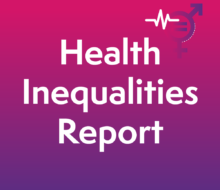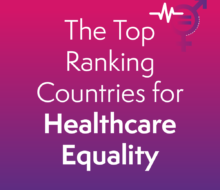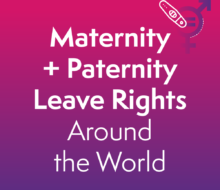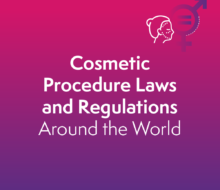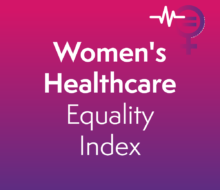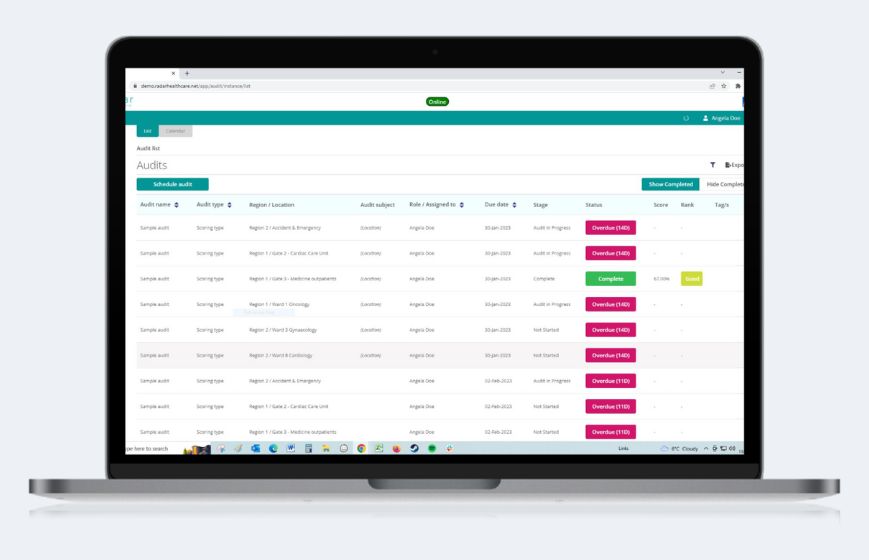Access to Transgender Hormone Therapy Treatment for Young People around the Globe


As part of our Global Healthcare Inequalities in Numbers, we are looking at which healthcare systems around the world are deemed the fairest for patient equality, based on the current laws and regulations in place.
Many territories conclude that gender identity isn’t something one can be certain of until they reach a certain age. With this in mind, our Health Inequalities Report reveals the countries offering the most equal opportunities for transgender hormone therapy.
A recent study revealed that as many as 0.005–0.014% of biological males and 0.002–0.003% of biological females across the globe felt some form of gender dysphoria. This refers to feeling uncomfortable with the physical attributes of the sex you were assigned at birth, and the subsequent gender that society identifes you as.
The severity of gender dysphoria could potentially increase as a child gets older, as their body continues to veer in a direction that they do not feel is right e.g., when one begins to develop breasts, start their periods, or grow facial hair. Due to this, it is important that children, after undergoing the necessary psychiatric tests and screenings, are allowed to follow the path towards who they truly are – accompanied by the appropriate hormone treatments.


Countries leading the way in this section were Canada and New Zealand, who both allow young residents to undergo hormone therapy from the age of 14.
Slovenia and Denmark emerged in joint second place for this section, offering hormone treatment to transgender individuals from the age of 15. Norway, Netherlands, Spain, Ireland, Belgium, Australia, Switzerland, Poland, Malta, United States, and Liechtenstein are in third place with hormone treatment allowed from 16. In the UK, the required age varies according to nation, with treatment allowed to start from 16 in Scotland, 17 in England, 18 in Wales, and 15 in Northern Ireland.
As many individuals will start the process of puberty around the age of 11 or 12, refusing transgender youth the chance to proceed with hormone therapy until they are in their late teens could cause a huge amount of distress to those feeling trapped within their own developing bodies.
An American study indicated that almost 80% of trans individuals surveyed had considered suicide, with the report also highlighting that suicidal thoughts were most prevalent among transgender youths. This, once again, reinforces the justification of allowing hormone treatment to begin at a younger age.
In Luxembourg and Germany, the age one can begin hormone treatment depends on the maturity of the individual. In Germany, this means that if the individual has undertaken the correct amount of therapy and has an ‘indication letter’, they can undergo HRT (hormone replacement therapy) under public health insurance.
This requirement offers younger people the chance to start living their new life as soon as possible, revealing Germany to be far more passionate about equality in some aspects, rather than others, such as abortion laws.
Hayley Levene, Head of Marketing at Radar Healthcare discusses how technology and data can help with decision making:
“Radar Healthcare partners with organisations such as Public Policy Projects who are learning from experience (both their own and others) to make contributions to the policy debate which address real-world choices on the basis of real-world evidence.
“As a healthcare supplier, Radar Healthcare is passionate about helping to make a difference and delivering improved outcomes. Working with PPP to produce reports such as ‘The Social Care Workforce: averting a crisis’, ‘The Digital Divide: reducing inequalities for better health’ and ‘Integrating Health and Social Care: a national care service’ is vital in helping to drive change and improve some of these health inequalities.
“For example, technology could offer oversight that 80% of patients or healthcare workers themselves are having suicidal thoughts – and this could prompt a process to be followed to tackle it, which will encourage decisions of change.”
Methodology and data sources:
The Health Inequalities Report by the experts at Radar Healthcare discovers which of the world’s most developed countries offer the best healthcare in regards to a wide range of healthcare rights for citizens through their regulations and laws.
Taking a seed list of the top 35 most developed countries around the world, the report reveals the laws relating to the following in order to assess the biggest areas of inequality across different territories and how it impacts those of different genders, age groups, financial and sociological status, parenthood, surgery, birth control, and abortions:
- The legal age of consent – the age at which a person is considered to be legally competent to consent to sexual acts
- Doctor / patient confidentiality ages – the age a resident can speak confidentiality to a healthcare professional without parents/guardians being informed
- Cervical cancer screening – what age are they recommended for women around the world
- Mammogram screening tests – what age are they recommended for women
- Flu vaccines – at what age is this offered to elderly residents around the globe
- IVF treatment age range – how does your age impact your chances of becoming a parent via in-vitro in different countries around the world
- Cosmetic surgery – at what ages can someone have a cosmetic surgery procedure
- Transgender hormone treatment – at what age do healthcare practitioners in different countries allow transgender patients to start hormone treatment
- Access to birth control around the world – (age requirements/costs/the countries offering free birth control)
- Abortion laws – how do they differ across the world
- Maternity leave laws – How much maternity leave are new mothers legally entitled to both paid and unpaid
- Paternity Leave – Parental right for working fathers/partners around the world

